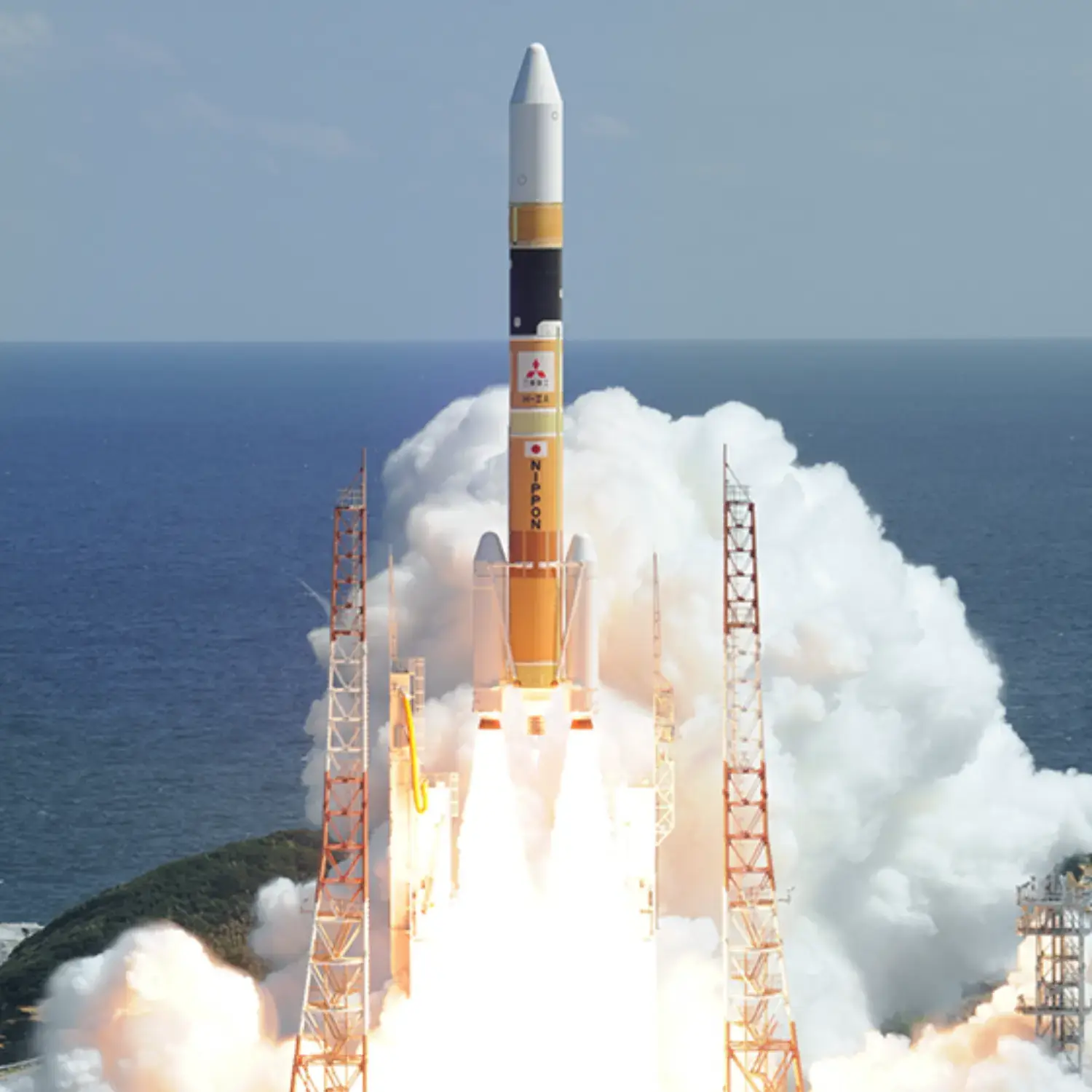/
SLIM & XRISM
Launch Success
Liftoff Time (GMT)
23:42:11
Wednesday September 6, 2023
Watch Replay
Official Livestream
Mission Details
Read Article
XRISM
The X-Ray Imaging and Spectroscopy Mission (XRISM), formerly the X-ray Astronomy Recovery Mission (XARM), is an X-ray astronomy satellite of the Japan Aerospace Exploration Agency (JAXA) that will provide breakthroughs in the study of structure formation of the universe, outflows from galaxy nuclei, and dark matter. As the only international X-ray observatory project of its period, XRISM will function as a next-generation space telescope in the X-ray astronomy field, similar to how the James Webb Space Telescope, Fermi Space Telescope, and the ALMA Observatory are placed in their respective fields. The mission is a stopgap for avoiding a potential observation period gap between X-ray telescopes of the present (Chandra, XMM-Newton) and that of the future (ATHENA, Lynx X-ray Observatory). Without XRISM, a blank period in X-ray astronomy may arise in the early 2020s due to the loss of Hitomi.
Low Earth Orbit
1 Payload
2,300 kilograms
SLIM
SLIM will be Japan's first lunar surface mission and will demonstrate a precise, pinpoint lunar landing. During its descent to the Moon, the lander will recognize lunar craters by applying technology from facial recognition systems, and determine its current location by utilizing observation data collected by the SELENE (Kaguya) lunar orbiter mission. SLIM aims to soft-land with an accuracy range of 100 m. In comparison, the accuracy of the Apollo 11 Eagle lunar module was an elliptic which was 20 km wide in downrange and 5 km wide in crossrange. According to Yoshifumi Inatani, deputy director general of the JAXA Institute of Space and Astronautical Science (ISAS), succeeding in this extremely precise landing, will lead to enhancing the quality of space exploration. SLIM is planned to be launched together with the XRISM space telescope and is to land near the Marius Hills Hole, a lunar lava tube entrance discovered by Kaguya. The expected cost for developing this project is 18 billion yen.
Trans Lunar Injection
1 Payload
715 kilograms
Launch Site
Stats
H-IIA
47th
Mission
2nd
Mission of 2023
Mitsubishi Heavy Industries
1st
Mission of 2023
2023
144th
Orbital launch attempt

